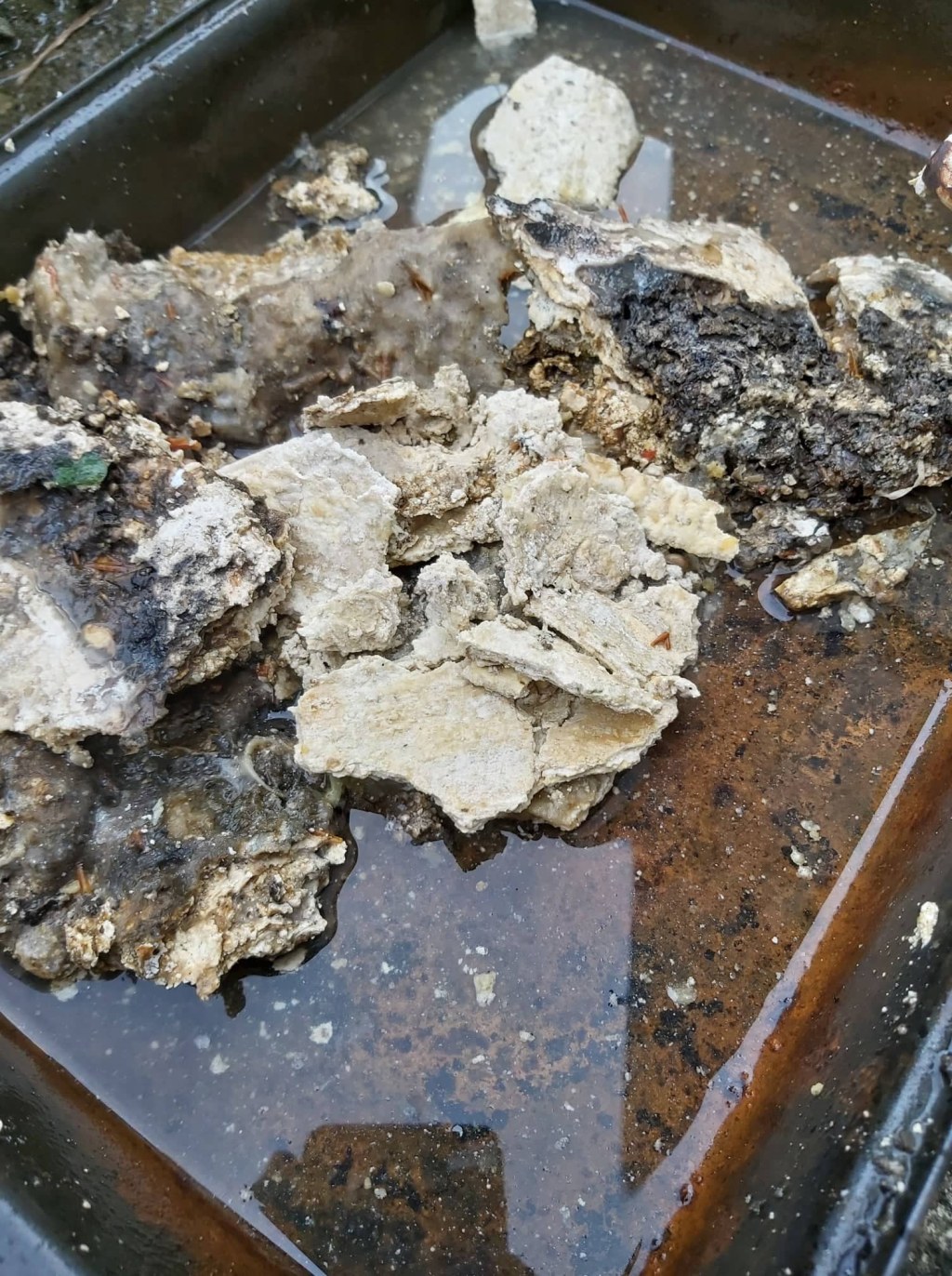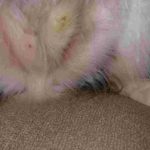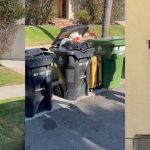Decoding The Mystery: Unveiling The White Stuff In My Septic Tank – Discover The Truth Now!
What Is the White Stuff in My Septic Tank?
Introduction
Welcome, Smart Peoples! Are you curious about the mysterious white substance that appears in your septic tank? In this article, we will explore what this white stuff is, why it forms, and how it affects your septic system. Understanding this issue will help you maintain a healthy septic tank and avoid costly repairs. So, let’s dive in and uncover the secrets of the white stuff in your septic tank!
2 Picture Gallery: Decoding The Mystery: Unveiling The White Stuff In My Septic Tank – Discover The Truth Now!


What Is the White Stuff in My Septic Tank?
🔍 The white stuff in your septic tank is called scum. It is a layer of fatty substances that float on the surface of the wastewater. Scum is primarily composed of oils, grease, soap residue, and other organic materials that enter your septic system.

Image Source: imgur.com
🔍 Scum forms as a result of the natural breakdown of solids in the tank. When solid waste decomposes, it releases gases that rise to the surface. These gases trap the fats and oils, causing them to solidify and form the scum layer. Over time, the scum layer can thicken and disrupt the proper functioning of your septic system.
Who Is Affected by the White Stuff in Septic Tanks?
🔍 Anyone who uses a septic system can be affected by the white stuff. Whether you live in a residential home, run a business, or manage a commercial property, understanding the implications of scum in your septic tank is crucial. Neglecting proper maintenance can lead to septic system failure and costly repairs.
When Does the White Stuff Form in Septic Tanks?

Image Source: imgur.com
🔍 The formation of the white stuff is an ongoing process in your septic tank. It occurs as organic materials enter the tank through the drains and toilets. As solid waste decomposes, the scum layer gradually accumulates on the surface of the wastewater.
🔍 The rate at which scum forms depends on various factors, such as the size of your septic tank, the number of people using it, and their wastewater habits. Regular maintenance and proper septic tank care can help control the formation of scum and prolong the lifespan of your system.
Where Does the White Stuff Accumulate in Septic Tanks?
🔍 The white stuff, or scum, accumulates on the surface of the wastewater in your septic tank. It forms a layer that floats above the liquid effluent. Over time, the scum layer thickens and can obstruct the flow of wastewater through the tank.
🔍 To prevent scum from entering the drain field or clogging the outlet pipe, most septic tanks are equipped with a baffle or a tee. These devices help divert the clarified effluent to the drain field while keeping the scum layer contained within the tank.
Why Is the White Stuff in Septic Tanks a Concern?
🔍 The presence of scum in your septic tank is a cause for concern due to several reasons. Firstly, a thick scum layer can reduce the effective capacity of your tank, leading to more frequent pump-outs.
🔍 Additionally, if scum enters the drain field, it can clog the soil and reduce its ability to absorb and treat wastewater. This can result in backups, foul odors, and even septic system failure.
How to Deal with the White Stuff in Septic Tanks?
🔍 Regular septic tank maintenance is key to managing the white stuff in your septic tank. Here are some steps you can take:
Have your septic tank pumped and inspected every 3-5 years to remove accumulated scum and solids.
Use septic-safe cleaning products and avoid pouring fats, oils, and grease down the drain.
Conserve water to prevent overloading the septic system.
Avoid flushing non-biodegradable items, such as wipes or sanitary products, as they can contribute to scum buildup.
Consider using bacterial additives to enhance the breakdown of organic matter in the tank.
If you notice excessive scum or other issues with your septic system, consult a professional septic service provider.
Pros and Cons of the White Stuff in Septic Tanks
🔍 Like any other aspect of septic systems, the white stuff has its pros and cons:
Pros:
Scum indicates that your septic tank is breaking down organic materials, which is an essential part of the treatment process.
It acts as a barrier, preventing odors from escaping the tank and entering your home or property.
Cons:
Excessive scum can reduce the effective capacity of your septic tank and require more frequent pump-outs.
If scum enters the drain field, it can cause clogs and lead to septic system failure.
Thick scum layers may indicate an imbalance in your septic system, requiring professional intervention.
Frequently Asked Questions (FAQs)
1. Q: Can I remove the scum from my septic tank myself?
A: It is recommended to hire a professional septic service provider to pump and clean your septic tank. They have the necessary equipment and expertise to handle the job safely and effectively.
2. Q: Will scum in my septic tank affect the quality of my well water?
A: In most cases, the scum in your septic tank should not affect the quality of your well water. However, regular water testing is advisable to ensure the safety of your drinking water.
3. Q: Can using bacterial additives eliminate the scum in my septic tank?
A: While bacterial additives can enhance the breakdown of organic matter in your septic tank, they may not completely eliminate the scum. Regular maintenance, including pump-outs, is still necessary to manage scum buildup.
4. Q: How can I prevent scum from entering the drain field?
A: To prevent scum from entering the drain field, your septic tank should be equipped with a properly functioning baffle or tee. Regular inspections and maintenance will ensure these components are in good condition.
5. Q: Can scum be used as a fertilizer or compost?
A: No, scum from septic tanks should not be used as fertilizer or compost. It contains harmful bacteria and pathogens that can pose risks to human health and the environment.
Conclusion
In conclusion, understanding the white stuff in your septic tank is essential for proper septic system maintenance. Scum, although natural, can cause issues if not managed correctly. By following proper maintenance practices, such as regular pump-outs and careful wastewater management, you can keep your septic tank functioning efficiently and avoid costly repairs. Remember, a healthy septic system means a healthier environment for everyone.
Thank you for taking the time to read this article. We hope it has provided valuable insights into the white stuff in your septic tank. If you have any further questions or need assistance with your septic system, feel free to reach out to a professional septic service provider. Stay informed and take care of your septic system!
Final Remarks
Disclaimer: The information provided in this article is for educational purposes only and should not be considered as professional advice. Septic system maintenance and repairs should be performed by qualified professionals. Always consult with a licensed septic service provider for specific guidance related to your septic system.
This post topic: Stuff



